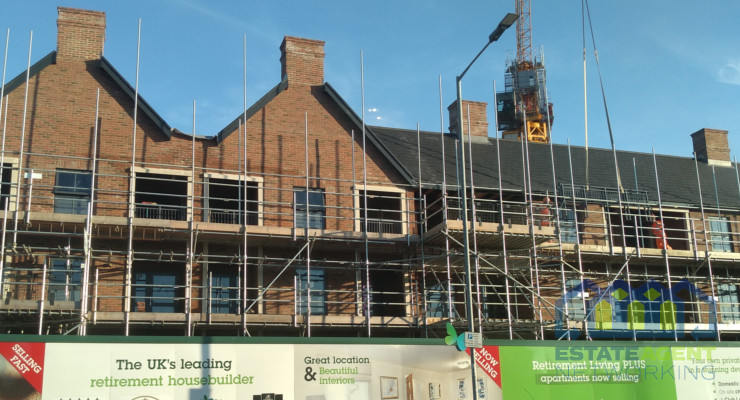Northern Property Markets Proving Robust
Property markets in the North of England have been showing their resilience in the face of economic troubles since the EU referendum. Market analysts say that London and the South East are the most vulnerable property markets at this time, while there are indications that Northern markets may be not just holding up well but, in some ways, actually benefiting from the Brexit vote.
This is a fact that many investors have failed to appreciate. This is down partly to the fact that London and the surrounding region are central to the UK economy and have therefore, as is often the case, attracted the bulk of headlines while the strong performance of North of England markets has remained relatively under-reported.
Whilst nobody can currently claim to be able to predict what the EU exit process will really mean for the UK economy, current signs for the property market, and particularly for Northern markets, support at least some level of optimism. In June, the month of the referendum that decided whether Brexit would even take place, mortgage lending was up 16% compared to May and reached an eight-year high with a total of 20.7 billion lent to property buyers.
Urban property markets across the UK have been performing well, with growth levels for many cities over the past year reaching double digit figures. Cities in North of England seem in many ways to be leading the trend, and in the limited time since the vote was held this appears to have been especially true since the public voted in favour of Brexit. Over the last quarter, Liverpool has seen prices grow by 6.1%, Leeds has experienced growth of 7.6%, and Manchester has delivered an impressive increase of 9%. Some other Northern cities have not quite lived up to these standards but have nonetheless performed respectably. For example, Sheffield’s property market has experienced price growth of 4.3% over the past quarter.
One area in which North of England property markets have excelled for a while is in delivering value for money – assets which deliver robust yields yet also offer investors the benefit of low entry prices. With the referendum throwing the UK’s economic outlook into uncertainty for the short- and medium-term, with the stock market volatile, and with yields on gilts looking seriously squeezed, this factor seems to be becoming all the more attractive to investors in the wake of the referendum.
Prime Northern markets, especially property investments in Manchester and Liverpool offer the combination of a market that is remaining relatively resilient in the face of turmoil, attractive profit potential, and the ability to sink less capital into an investment than would be required of property investors in the South East.
There was already a trend of property investors looking outside of the leading market of London and heading to other cities, particularly Northern ones in pursuit of yields. Early indications show that this process may be accelerating in the current climate, and this may well help to shore up what are already relatively stable markets as the Brexit process continues.









